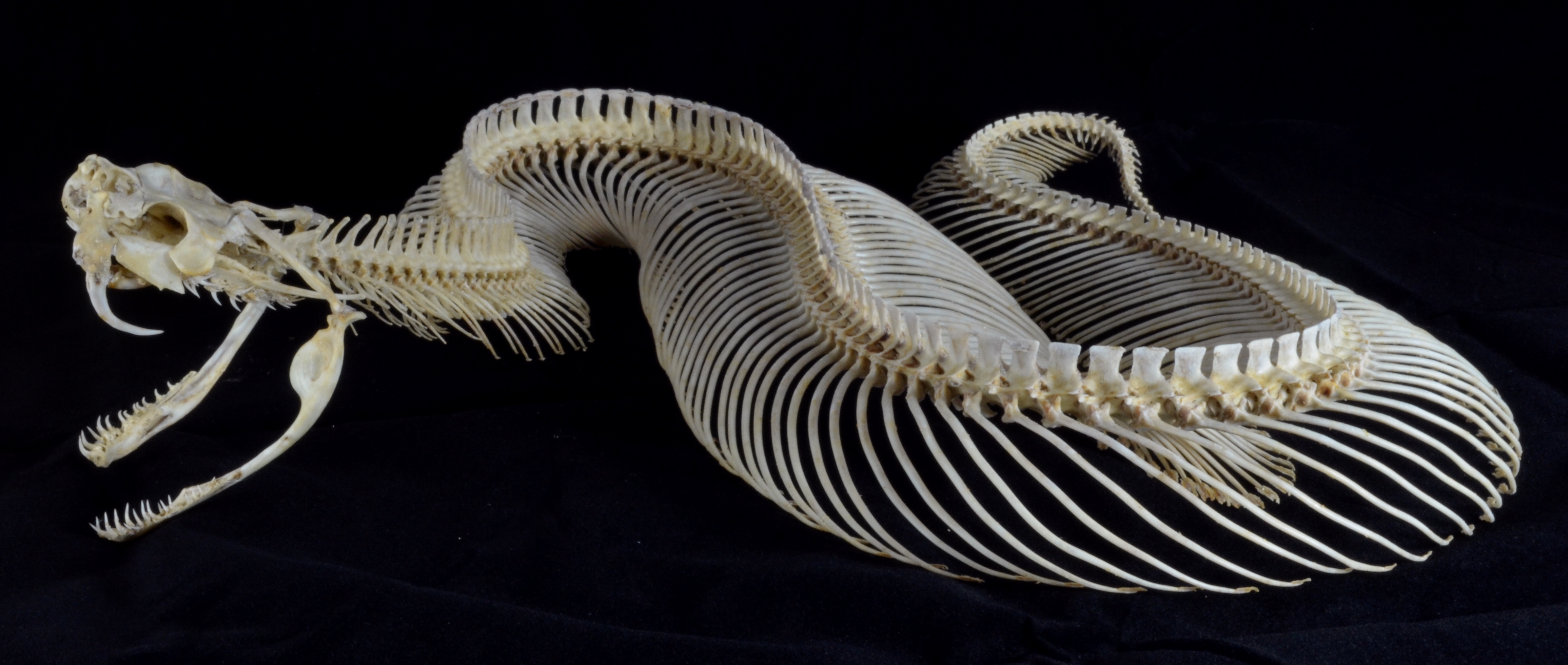|
Viperinae
Viperinae, or viperines, are a subfamily of vipers endemic to Europe, Asia and Africa. They are distinguished by their lack of the heat-sensing pit organs that characterize their sister group, the subfamily Crotalinae. Currently, 13 genera are recognized. Most are tropical and subtropical, although one species, '' Vipera berus'', even occurs within the Arctic Circle. Like all vipers, they are venomous. The common names "pitless vipers", "true vipers", "Old World vipers",Mallow D, Ludwig D, Nilson G. 2003. ''True Vipers: Natural History and Toxinology of Old World Vipers''. Malabar, Florida: Krieger Publishing Company, Malabar. 359 pp. . and "true adders"U.S. Navy. 1991. ''Poisonous Snakes of the World''. US Govt. New York: Dover Publications Inc. 203 pp. . all refer to this group. Description Members of this subfamily range in size from '' Bitis schneideri'', which grows to a maximum total length (body and tail) of , to the Gaboon viper, which reaches a maximum total length of ... [...More Info...] [...Related Items...] OR: [Wikipedia] [Google] [Baidu] |
Gaboon Viper
The Gaboon viper (''Bitis gabonica''), also called the Gaboon adder, is a large and highly venomous viper species found in the rainforests and savannas of sub-Saharan Africa.McDiarmid RW, Campbell JA, Touré T. 1999. ''Snake Species of the World: A Taxonomic and Geographic Reference, Volume 1''. Herpetologists' League. 511 pp. (series). (volume). It is the largest member of the genus ''Bitis.'' Like all other vipers, it is venomous, Spawls S, Branch B. 1995. ''The Dangerous Snakes of Africa''. Ralph Curtis Books. Dubai: Oriental Press. 192 pp. and it has the longest fangs of any venomous snake – up to in length – and the highest venom yield of any snake. No subspecies are recognized. Taxonomy The Gaboon viper was described in 1854 as ''Echidna gabonica''. Lenk ''et al.'' (1999) discovered genetic differences between the two conventionally recognized subspecies of ''B. g. gabonica'' and ''B. g. rhinoceros''. According to their research, these two subspecies a ... [...More Info...] [...Related Items...] OR: [Wikipedia] [Google] [Baidu] |
